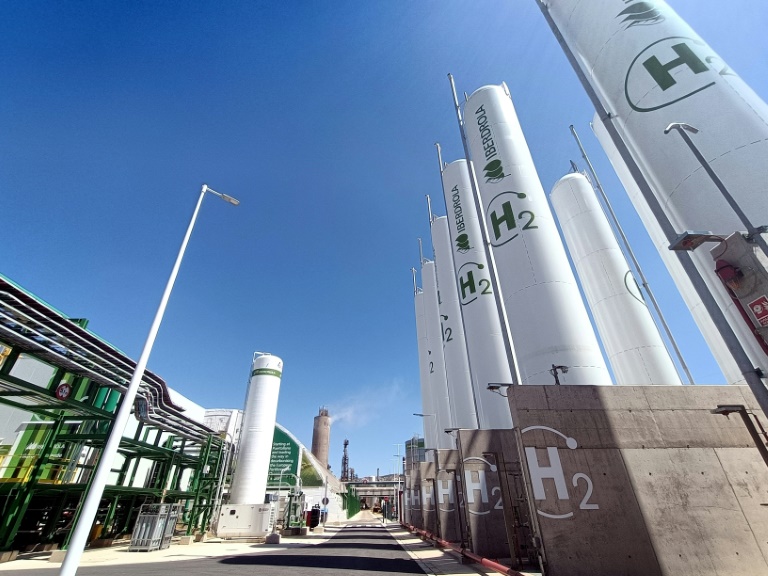French green hydrogen firm Lhyfe will construct a green hydrogen plant in northern Spain, the company announced Wednesday, after receiving a grant from the Spanish government.
The green hydrogen plant has received a grant of 14 million Euros ($15.2 million U.S.) from the Spanish government under the H2 Pioneros program, which has gradually distributed 150 million Euros in state funds to 14 different green hydrogen production and transmission projects since 2021. Lhyfe’s new grant is expected to cover “about half of the total investment” of the project, according to the company.
The new $15 million grant issued by the Spanish government will expedite Lhyfe’s existing plans to build its facility to the north of Tarragona, a Catalonian city directly to the south of Barcelona. The proposed 15 MW green hydrogen plant will have an eventual production capacity of 5 metric tons of hydrogen fuel per day and will begin production in 2026, Lhyfe said in its press release.
“Spain is focusing on the rapid expansion of a hydrogen infrastructure based on renewable energies. This project will make a significant contribution towards providing competitive green hydrogen for many industrial and transport companies,” Taia Kronberg, Lhyfe’s Chief Business Officer, said Wednesday.
Neither Lhyfe nor the Spanish Government immediately replied to requests for comment from International Business Times.
The newly announced grant is a further step taken by the Spanish government to expand its hydrogen supply. With over 15GW of capacity, Spain has already surpassed its 2030 green hydrogen production target of 4GW (set in 2020) by nearly four-fold as a string of significant projects have come online in recent years.
The pace of Spanish green hydrogen adoption has been so rapid, that experts have warned that the country will be unable to immediately produce large-scale “green” hydrogen from existing plants, as renewable energy generation capacity growth lags behind.
“Green” hydrogen fuel is created using electricity generated from fully green and renewable sources like solar, wind and geothermal power. “Grey” or “blue” hydrogen are created using non-renewable resources, primarily natural gas, and produce substantially higher carbon emissions per ton of hydrogen than green hydrogen.
In 2022, the governments of Spain, France, Portugal and Morocco signed a memorandum of understanding committing to building an international green hydrogen pipeline between Northern Africa and Western Europe by 2030. The proposal, which entails expanding and refitting existing natural gas pipelines for the transportation of hydrogen fuel, aims to supply 10% of Europe’s hydrogen supply by the end of the decade.







